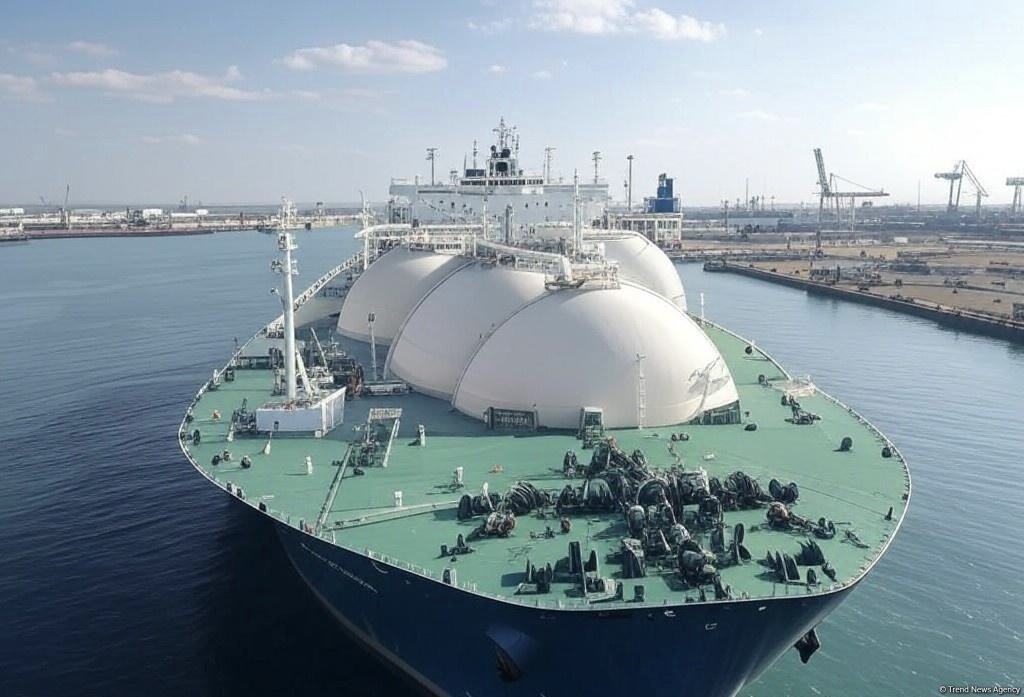BAKU, Azerbaijan, April 6. The U.S. is set to
see a 19% increase in liquefied natural gas (LNG) exports, reaching
14.2 billion cubic feet per day (Bcf/d) in 2025, according to the
U.S. Energy Information Administration’s (EIA) March 2025
Short-Term Energy Outlook (STEO), Trend reports.
This growth is primarily fueled by the launch of two new LNG
export facilities: Plaquemines LNG Phase 2 and Golden Pass LNG,
which together represent 19% of U.S. LNG export capacity growth
through 2026.
These projects, along with the expansion of other facilities
like Corpus Christi LNG, will significantly boost U.S. LNG export
capacity by nearly 50%, propelling the U.S. to maintain its
position as the world’s largest LNG exporter. However, the timing
of these facility startups will influence U.S. natural gas prices
and inventories. Earlier start-ups will likely push prices higher
and reduce storage volumes, while delayed start-ups may have the
opposite effect, leading to lower prices and higher storage
levels.
As LNG exports increase, U.S. natural gas prices are expected to
rise, with the Henry Hub price forecasted to nearly double from
$2.20/MMBtu in 2024 to $4.20/MMBtu in 2025, and continue climbing
in 2026. Higher natural gas prices could reduce demand in sectors
like electricity generation, while lower prices might spur more
consumption.
On the supply side, regional production may adjust to meet this
new demand, particularly in natural gas-heavy regions like
Haynesville, which is close to many new LNG facilities.
